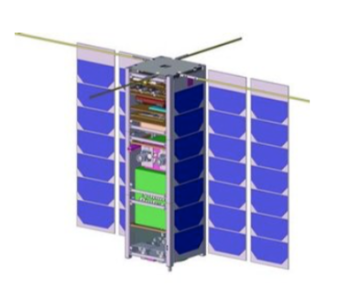OPS-Sat Phase A/B1

In conclusion this Phase A-B1 study contract has provided:
• Confirmation that the mission concept described in phase 0 is feasible and relevant
• Consolidation of mission objectives and mission requirements
• An updated mission architecture and system design solving many of the problem areas identified in Phase 0
• A roadmap for distribution of relevant documentation and tools to experimenters throughout the project
Based on the current status of the design a number of risk areas have been identified which must be addressed in the final work leading to a PDR level review:
• Mechanical configuration needs to be readdressed to ensure that all payloads can be accommodated, or the number of payloads has to be reduced.
• It has been identified that the power budget is very sensitive to changes in LTAN of the orbit. As the orbit will be decided based on launch availability the design needs to accommodate all scenarios. This study suggests an operational concept for power cycling of the S-band equipment to ensure adequate power margin under worst-case conditions.
To meet the customer requirement of disruptive innovation in the field of software for spacecraft operations the OPSSAT design will deliver performance that significantly advances the state-of-the-art for nano-satellite missions. To do this the design relies on a number of new technologies and systems becoming available from the European Industry and with this perspective OPSSAT will also be of great value to the European nano-satellite industrial base.
The integration of these new systems and capabilities, however, put great responsibility on the prime for the next phase of the program implementation to appropriate manage risk and diligently track progress of all sub suppliers.
